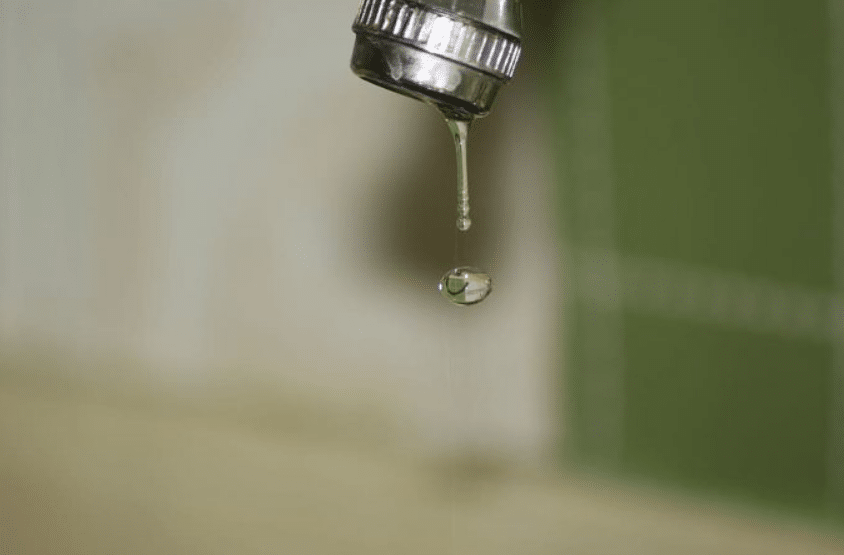Tips for the Six Most Common Causes of Water Leaks in Residential Spaces
Tips for the Six Most Common Causes of Water Leaks in Residential Spaces
Blog Article
Nearly everybody maintains their own individual idea when it comes to How Fast Water Damage Can Ruin Your Home.

Leaks not just trigger waste of water but can likewise create unneeded damages to your residence as well as advertise undesirable natural growth. However, water leakages may go undetected since the majority of the pipework in our home is hidden. By comprehending and looking for day-to-day scenarios that trigger leaks, you can shield your residence from future leaks and unneeded damages. Today, we will check out six leak creates that may be triggering your pipes to leak.
Intruding roots
Most water leakages start outside your home rather than inside it. If you see an unexpected decline in water pressure, claim in your tap, take time to go out and examine your backyard. You may discover damp spots or sinkholes in your lawn, and that may mean that tree roots are getting into water lines creating water to leak out. You can have your plumber check for intrusion, particularly if you have trees or hedges near your home.
Corroded water supply
As time passes by, your plumbing system ages and deterioration such as corrosion may start gnawing the pipelines. This may be the source of discoloration or bending on your pipes. This asks for an evaluation with your plumber right away. Think about replacing the pipes because they are at a greater danger of corrosion than the more recent versions if our plumbing system is old.
Faulty Pipe Joints
Pipe joints can degrade over time, resulting in water leakages. If you have noisy pipelines that make ticking or banging sounds, especially when the warm water is transformed on, your pipeline joints are probably under a lot of pressure.
Immediate temperature modifications.
Severe temperature level adjustments in our pipes can cause them to expand and acquire unexpectedly. This development and contraction might trigger cracks in the pipelines, specifically if the temperature level are below freezing.
Poor Water Connectors
Sometimes, a leakage can be triggered by loosened hoses and also pipes that supply your home appliances. Typically, shifting is what triggers the loosened water Connections. You may discover when it comes to a washing equipment, a tube might spring a leak as a result of drinking throughout the spin cycle. In case of a water connections leak, you might discover water running straight from the supply line or puddles around your devices.
Clogged Drains
Clogged drains might be annoying as well as inconveniencing, but they can often end up causing an overflow causing burst pipelines. Maintain removing any kind of materials that may drop your drains that might obstruct them to stay clear of such hassles.
All the above are reasons for leaks yet not all water leaks arise from plumbing leakages; some leaks may come from roof covering leakages. All leaks need to be repaired immediately to prevent water damages.
Leakages not only cause waste of water however can also trigger unneeded damages to your home and also advertise unwanted organic development. By comprehending as well as looking for everyday circumstances that trigger leaks, you can shield your house from future leaks as well as unneeded damages. Today, we will certainly look at six leak triggers that might be creating your pipelines to trickle.
At times, a leakage can be caused by loosened tubes as well as pipes that provide your devices. In case of a water connections leakage, you may observe water running directly from the supply line or pools around your devices.
How To Check For Water Leak In Your Home
How To Check for Leaks
The average household's leaks can account for nearly 10,000 gallons of water wasted every year and ten percent of homes have leaks that waste 90 gallons or more per day. Common types of leaks found in the home are worn toilet flappers, dripping faucets, and other leaking valves. These types of leaks are often easy to fix, requiring only a few tools and hardware that can pay for themselves in water savings. Fixing easily corrected household water leaks can save homeowners about 10 percent on their water bills.
To check for leaks in your home, you first need to determine whether you're wasting water and then identify the source of the leak. Here are some tips for finding leaks:
Take a look at your water usage during a colder month, such as January or February. If a family of four exceeds 12,000 gallons per month, there are serious leaks.
Check your water meter before and after a two-hour period when no water is being used. If the meter changes at all, you probably have a leak.
Identify toilet leaks by placing a drop of food coloring in the toilet tank. If any color shows up in the bowl after 10 minutes, you have a leak. (Be sure to flush immediately after the experiment to avoid staining the tank.)
Examine faucet gaskets and pipe fittings for any water on the outside of the pipe to check for surface leaks.
Undetected water leaks can happen without the home or business owner even realizing. If you suspect a water leak, but not able to find the source. It is time to contact a professional water leak detection service, The Leak Doctor.
How To Find a Water Leak In Your Home
https://www.leakdoctor.com/blog/How-To-Check-For-Water-Leak-In-Your-Home_AE197.html

As a devoted person who reads on Common Water Leaks In House, I was thinking sharing that topic was a good idea. If you enjoyed our blog posting plz remember to share it. Thanks for taking the time to read it.
Click Here Report this page